Call to all D.C. Go-Go Fans: Let's Keep the Memory of D.C.'s Homegrown Sound Go-Going
Research for one of my recent articles, “Rare Essence Go-Goes On,” sent me to the D.C. Public Library where I talked with Derek Gray who is the archivist charged with the task of compiling a collection of documents and artifacts, which document the story of Washington’s homegrown sound, go-go music. While Gray’s collection is modest, it is powerful. You can almost hear the godfather of go-go, Chuck Brown’s, nationally acclaimed hit, “Bustin’ Loose,” as you rifle through the various album covers and newspapers which tell the stories of the Soul Searchers, Rare Essence, and other go-go bands and their impact on the D.C. community.
Go-go music is a mixture of funk, hip-hop, and rock n’ roll with a unique D.C. twist. While massively popular within the confines of the DMV, the go-go sound never caught on nationally. However, the style remains a way of life for many Washingtonians. Cultural historians Kip and Stephenson go as far to say that “for many young black Washingtonians and citizens of Prince George’s County, go-go bands are the most visible and public manifestation of black (youth) culture. Go-go bands empower them to shout out and express themselves in a public forum, it is an emotional release.”[1]
Speaking at a 1998 Rare Essence concert to the Washington Post, go-go fan Roderick Neal said “The inner-city kids don’t have anything else to identify with. Go-go is an inner-city sound. They don’t need money to reproduce that sound. They just need to find cymbals and drumsticks… It’s a cheap form of expression.”[2]
Because go-go is such an important aspect of the collective memory of the DMV community, Derek Gray’s endeavor is no trivial matter. The archive began in 2012 when the D.C. Public Library and the D.C. Mayor’s Office announced a joint effort to preserve go-go’s memory following the death of Chuck Brown.
Now six years old, the project is an eclectic collection of artifacts, newspaper articles, album covers, and interview transcripts. Some of my personal highlights include drum sticks from The Back-Yard Band, concert flyers, a ticket stub from a Capital Center concert, interview transcripts from some of go-go’s greatest performers, and a wire statue of Chuck Brown. There is still plenty of room for growth, however, and Gray is asking the D.C. go-go community for help in creating an archive worthy of go-go’s legacy.
Gray and the Library are seeking various items related to the D.C. go-go scene: CDs and audio recordings of Chuck Brown and other go-go artists, flyers, posters, event advertisements, photographs, videos, DVDs, and other memorabilia. If any go-go fans are willing to provide artifacts – whether it be a ticket from a go-go show you attended, a Rare Essence record, or some other heirloom from a go-go experience – you will help preserve the legacy and history of D.C.’s homegrown sound for future generations.
For more information on the go-go archive, how to contribute to it, and the DC Library’s special collections visit the archive’s website or listen to Derek Gray’s interview on the D.C. Public Library’s radio program, “Full Service Radio.”
Footnotes
- ^ Kip Lornell, Charles Stephenson Jr., The Beat!: Go-Go Music from Washington, D.C. (Jackson: University of Mississippi Press, 2009), 28.
- ^ Howe Desson, “Where it Go-Goes, Fans Follow: Nearly 2,000 Pack Mall Lot to Hear Rare Essence do its thing,” The Washington Post, May 27, 1998, ProQuest Historical Libraries: The Washington Post.


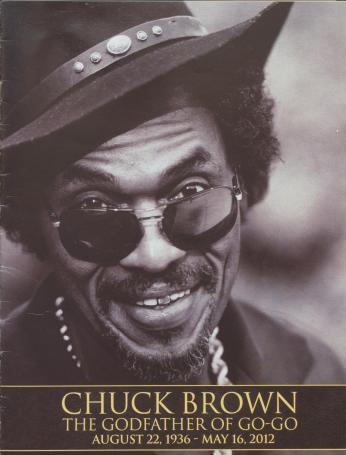
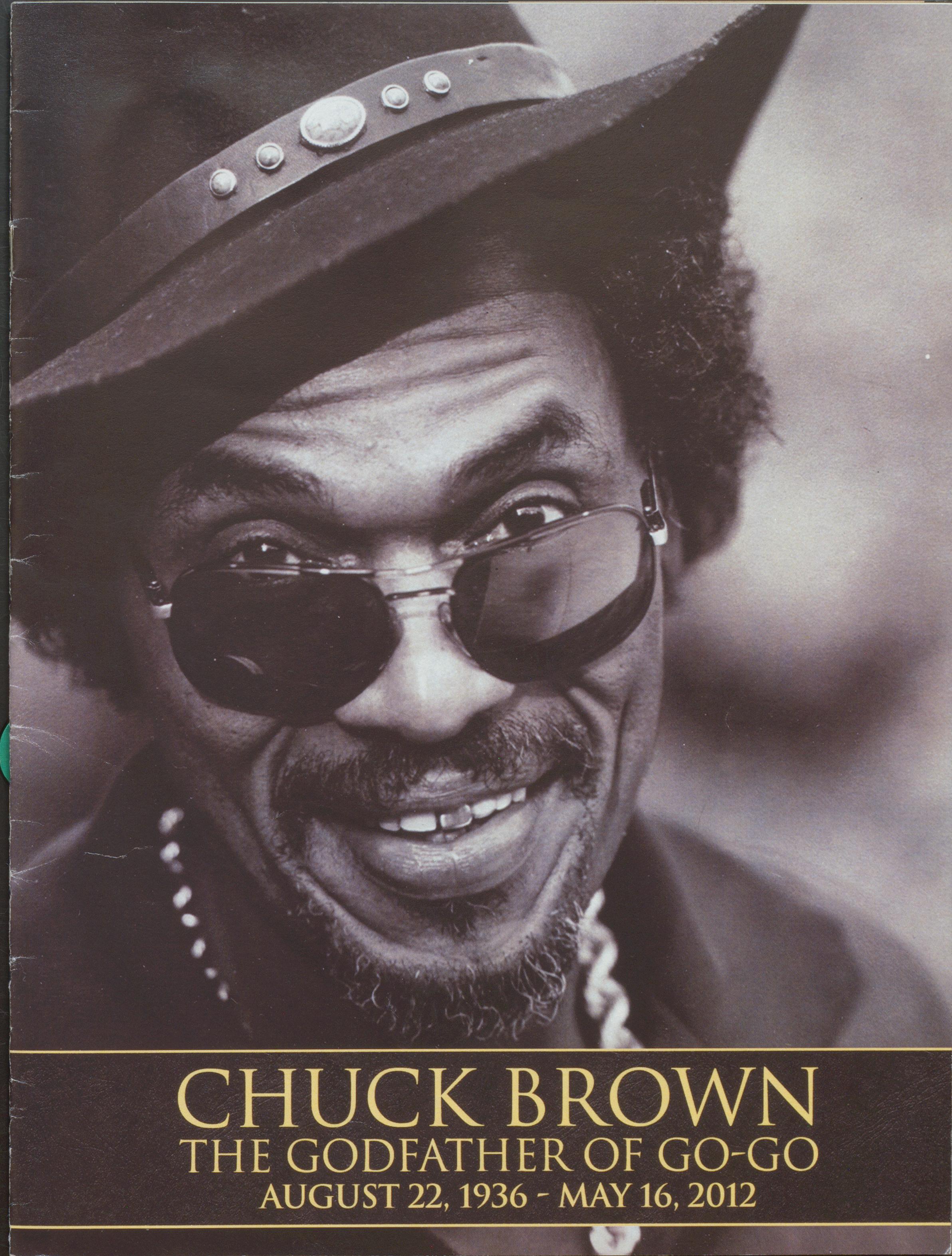
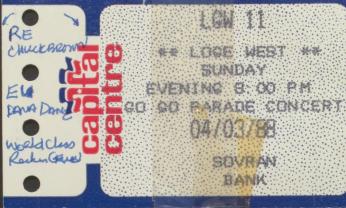
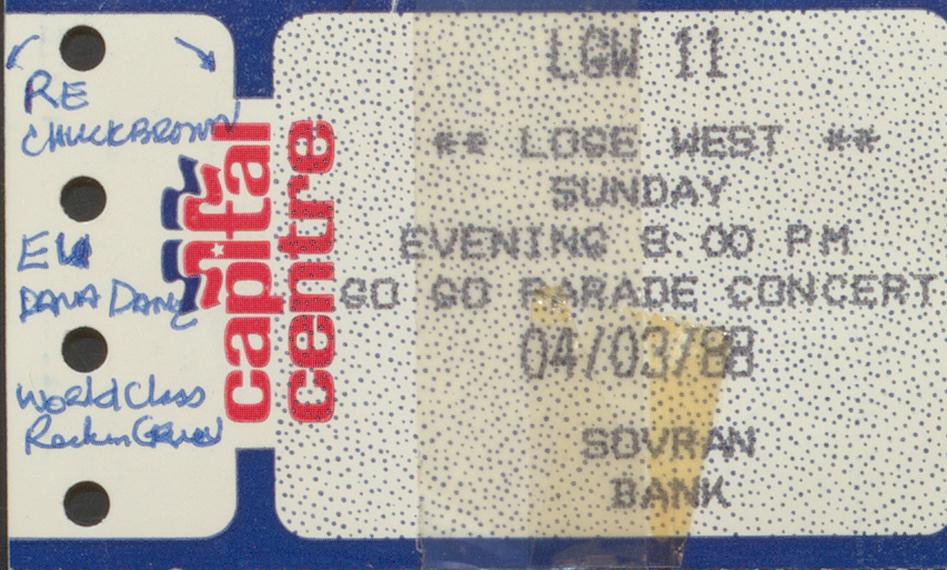
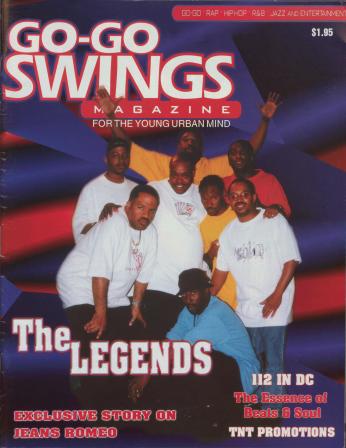
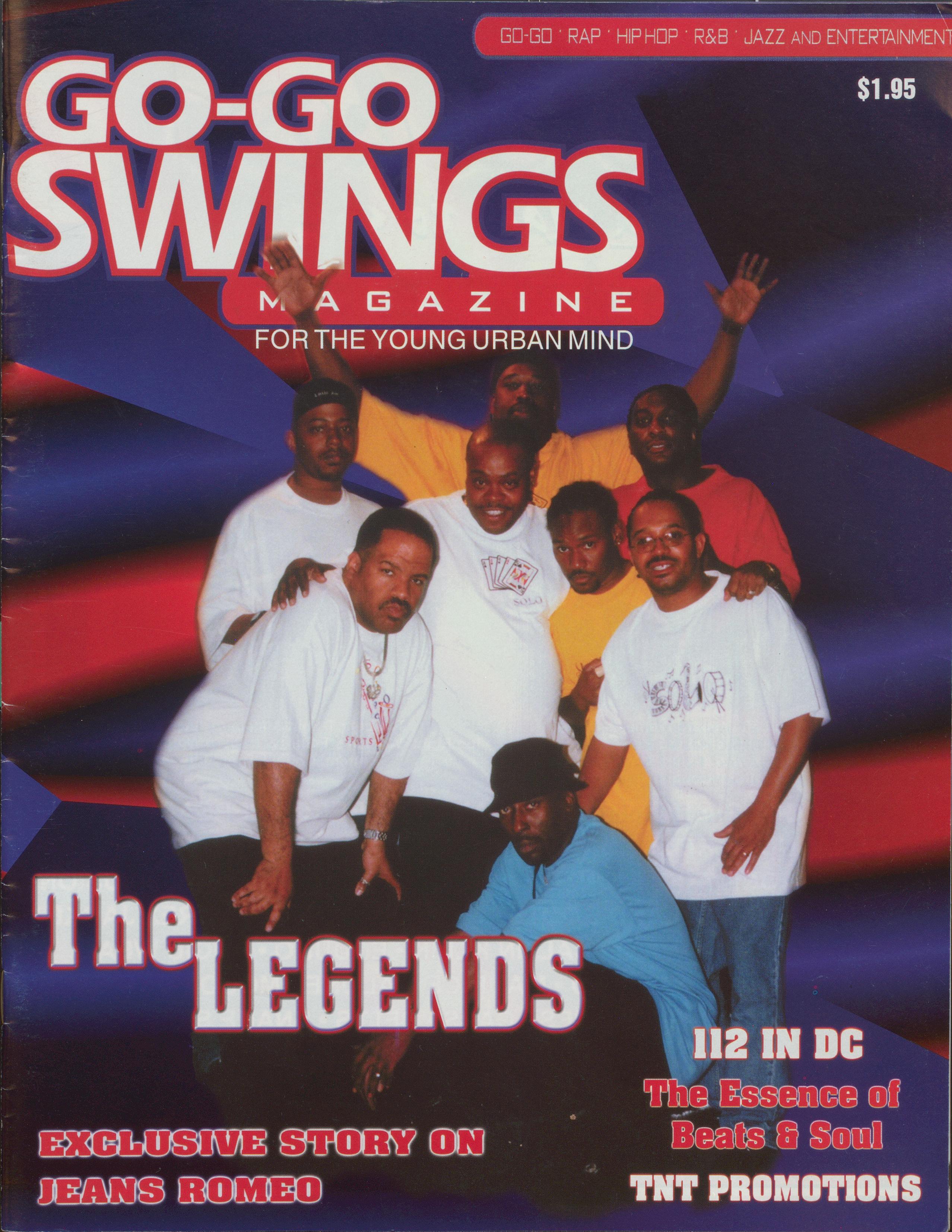
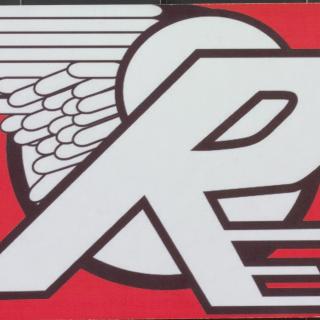
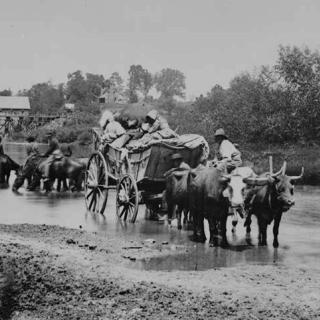
![Sketch of the mythical fuan by Pearson Scott Foresman. [Source: Wikipedia]](/sites/default/files/styles/crop_320x320/public/2023-10/Goatman_Wikipedia_Faun_2_%28PSF%29.png?h=64a074ff&itok=C9Qh-PE1)












